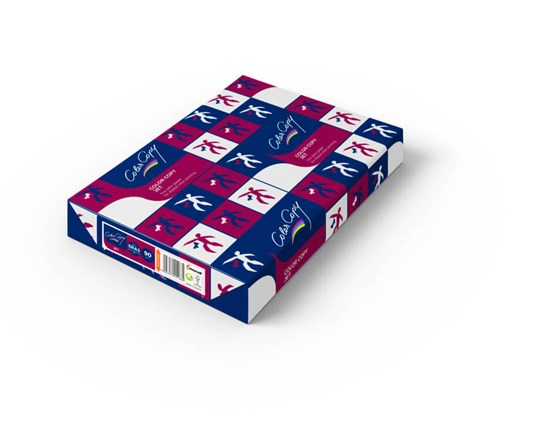
Mondi’s high-speed inkjet team is joining the Hunkeler Innovationdays with a booth in hall 1. Several brands of Mondi’s extensive high-speed inkjet paper portfolio will be printed live at the Kyocera booth on the newly launched TASKalfa Pro 15000c, the specially treated, high-speed inkjet paper Neujet silk and the chlorine-free paper Bio Top 3, the company said.
Back at high speed, the Hunkeler Innovationdays in Lucerne, Switzerland will be held from 27 February to 2 March. Over the past three years, where the pandemic prevented this industry event from happening, high speed inkjet printing continued to evolve and will continue to do so, according to the 2021 Smithers report “The Future of Print Equipment Markets to 2026”. ‘
For both types of high-speed presses – reel fed and sheet fed – the market is growing. In Europe, inkjet reel fed installations are expected to grow by around 50% between 2021 and 2026. Still, sheet fed inkjet installations top these figures as they are expected to grow by 126% in Western Europe and by 288% in Eastern Europe in the same period.
High-speed inkjet papers
Mondi Uncoated Fine Paper – part of the international packaging and paper group Mondi – developed the largest selection of high-speed inkjet papers in close collaboration with renowned OEMs (original equipment manufacturers). The papers feature ideal gamut, reels as well as sheets in grammages ranging from 60 to 300 gsm and various surface treatments.
“All of our high-speed inkjet papers have optimized drying time, especially the fully treated and pigmented papers,” explains Bernhard Cantzler, head of Marketing and Innovation at Mondi Uncoated Fine Paper. “These allow our customers to achieve rich colors, reduce ink consumption and save on the overall cost. The recent extension of our sheet offering goes hand in hand with the market development,” he adds.
Circularity and customer requirement
“Another market development we clearly see is that companies strive to make a positive impact on the planet and are looking for products that foster circularity,” Bernhard Cantzler states. For printed products de-inking, the process of removing printed inks from waste paper is particularly challenging. The better printed ink is removed from the fibers, the better the quality of the pulp, which can then be turned into high-quality recycled paper again. While classic offset inks perform well, this is not always the case with newer printing processes and inks. Inkjet pigment inks are easier to remove from paper than dye inks. But there is an even better combination as the paper used has an impact on the result: specially treated papers can improve the de-inkability of inks difficult to remove. “The best de-inking result is achieved with inkjet pigment inks on paper with a special surface treatment such as Color Copy jet or Neujet silk premium,” Bernhard Cantzler explains.
“These digital printing papers are optimized along the value chain: during printing, while showing off the excellent printed result, and at the end of their project life. Color Copy jet and Neujet silk premium feature a very high color gamut, good fixation of the ink on the surface as well as economical use of ink and during recycling the de-inking process is smoother compared to other inkjet paper combinations.”















